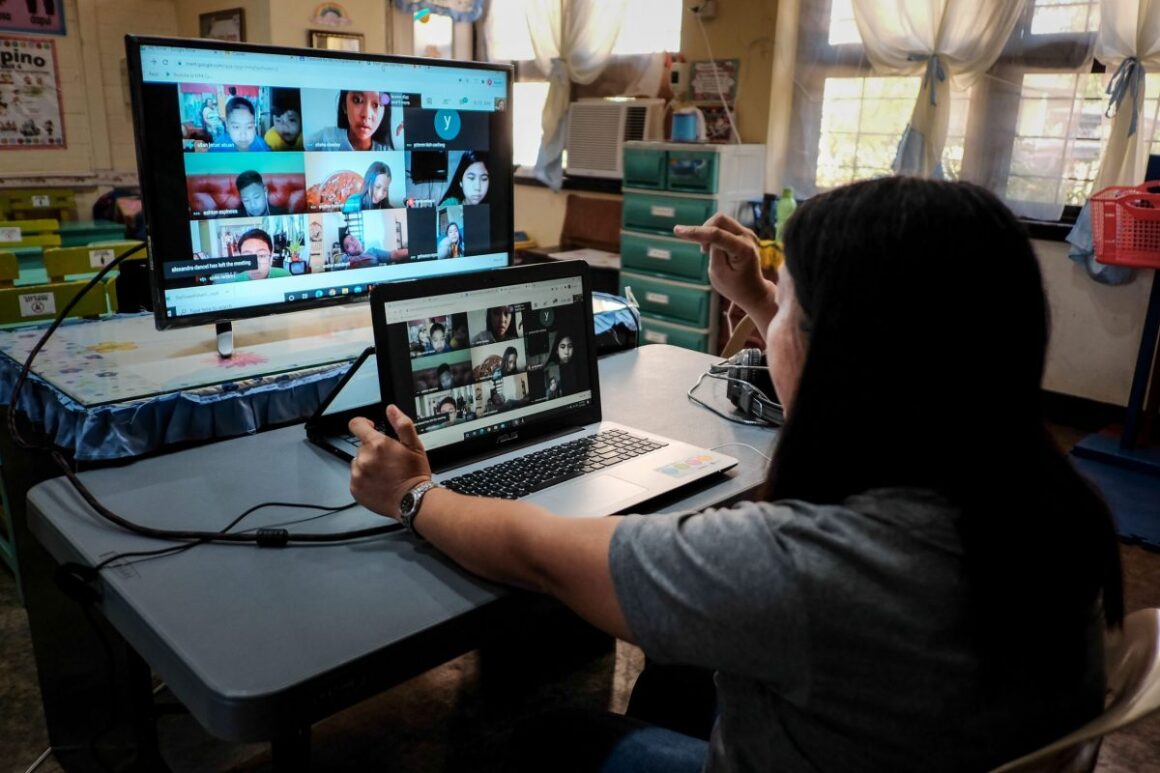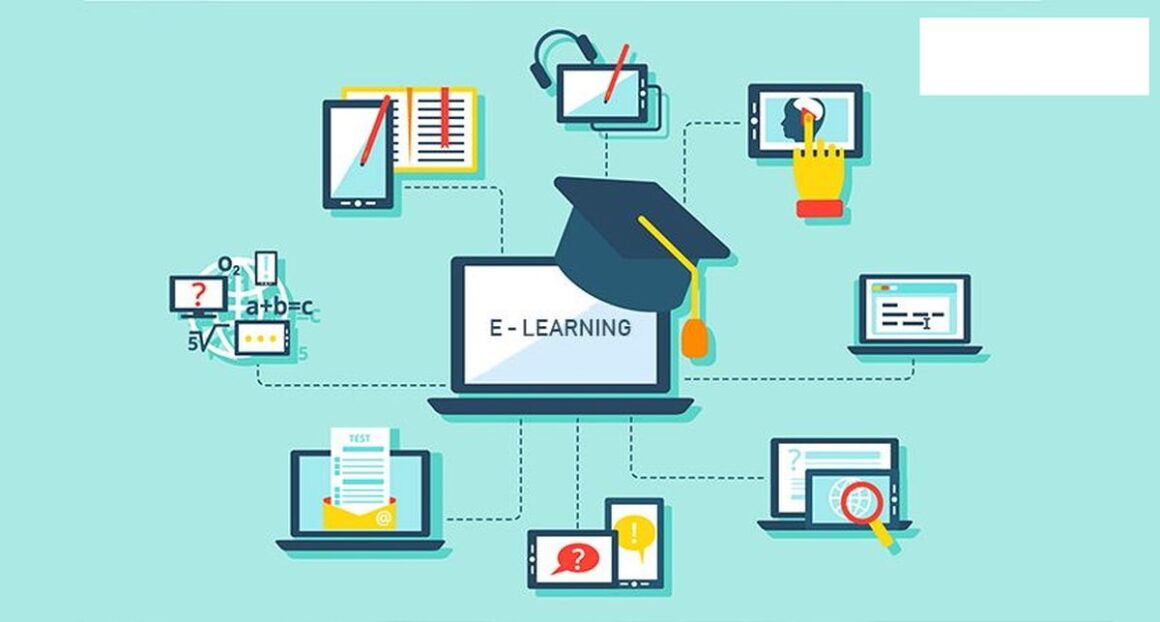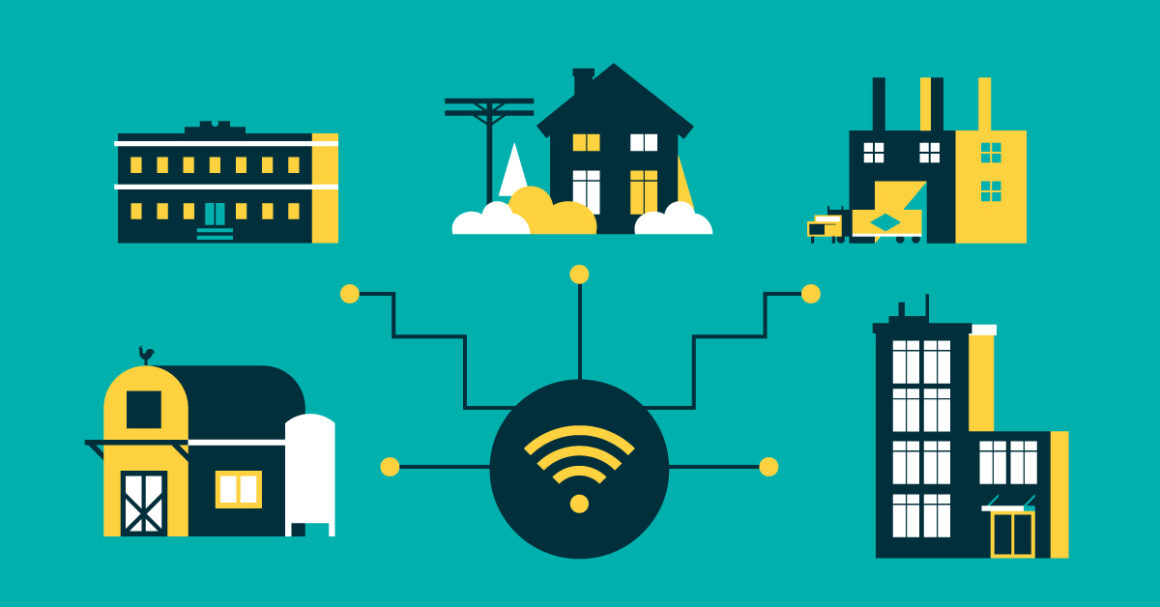It’s safe to say that 2020 was a year like no other. With the outbreak of COVID-19, people’s lives have been turned upside down in many ways. One such way is the learning landscape. The pandemic has forced society to re-evaluate how learning occurs and how it can be more accessible for everyone. Accordingly, this article explores how education has evolved after the COVID-19 pandemic.
Education System and Covid-19 Pandemic

One cannot underestimate the effects of the pandemic on the education system. The closure of schools and universities has meant that students have had to rely on online learning platforms to continue their studies, resulting in a sharp utilization of technology in the classroom. It has also resulted in a more flexible approach to learning, with students being able to study at their own pace and in their own time.
The pandemic has also increased focus on mental health and well-being as more students are experiencing anxiety and stress. Schools and universities are now placing more emphasis on supporting students’ mental health and providing them with the resources they need to cope with the challenges of the pandemic. Here is how the pandemic has helped the evolution of learning.
Increased Collaboration in the Learning Environment
In the past, students would typically learn in a brick-and-mortar school where they would be in the same room as their classmates and teacher. This type of learning is still effective, but there are now more opportunities for students to learn remotely.
With technological advances, there are more ways for students to collaborate and engage with their peers, even when they are not in the same physical space. For example, students can now actively use video conferencing technology to engage in group projects.
Overall, technology has made it easier for students to connect and work together, even if they are not in the same place. This is beneficial because it allows students to learn from each other and get help when needed. Consequently, it helps prepare them for a future where more work will be done remotely.
Improved the Teacher-Parent Connection
Since the outbreak of COVID-19, schools have struggled to keep up with the changing landscape of education. Many teachers have been forced to change the way they teach, and many parents have had to become more involved in their child’s education.
Virtual learning has given parents a window into their child’s education that they may not have had before. Teachers can now provide specific details of what the students are doing and instruct parents to help when necessary. This has resulted in a more collaborative relationship between parents and teachers, which can only benefit students.
Of course, virtual learning has also brought somechallenges. Keeping students engaged in an online classroom can be challenging, and parents cannot know how best to support their child’s learning at home. But overall, virtual learning has made it easier for teachers and parents to connect and work together to ensure that students get the best education possible.
The Need to Prepare for Partial or Entire Remote Learning

Again, the COVID-19 pandemic has forced many schools and teachers to rethink how they approach education, such as shifting to remote learning. This means that teachers need to be prepared to deliver instruction in a way that is effective for students who are not in the classroom.
Teachers can prepare for this new normal by doing a few things. First, they need to be familiar with the different types of technology used for remote learning, create a lesson plan specifically designed for distant learning, and prepare to engage with students differently from traditional classroom instruction.
By consulting a tutor from homeworkmarket, an online tutoring website, teachers can learn the best ways to use the available technology to learn. Consequetly, teachers can ensure that their students are successful no matter where they are learning from.
Remote Learning Continues To Date
Learning did not stop despite the pandemic subjecting schools and universities to immediate closure. Instead, learning has shifted online.
With most students now learning remotely, educators have had to get creative in delivering content and engaging their students. Some have turned to video conferencing platforms like Zoom or Google Hangouts, while others have leaned on traditional methods like email or discussion boards.
No matter the method, one thing is clear: remote learning is here to stay, at least for the foreseeable future.
Remote learning for students and educators offers a wide range of advantages. For starters, it’s more flexible than in-person learning, allowing students to learn on their own time and at their own pace. It also opens up opportunities for students who might not be able to attend a physical school or university, such as those with disabilities or who live in rural areas.
Bridging the Digital Divide

With more learning shifting online, the calls to minimize the digital divide have become more profound. Since the COVID-19 onset, more people are becoming comfortable with the concept of working remotely. Consequently, this shift has created a situation whereby some people have access to productive technology while others lack it. This can create a digital divide between those who can afford the latest gadgets and those who cannot.
There are many ways to bridge the digital divide, but online learning is the most effective. Besides, individuals who would not access education due to a lack of tuition could now access it thanks to online learning, which has made learning affordable.
One way to promote online learning is through MOOCs (massive open online courses). These are courses that universities and colleges offer for free or at a low cost and are available in numerous topics that learners can take remotely.
Conclusion
The Covid-19 pandemic has permanently altered the learning landscape. Today, more learning institutions are embracing technology as part of their learning process. As a result, teachers, parents, and students must evolve to accommodate different forms of technology in the education system. The good part is that this new trend prepares the current generations for future working environments that will be remotely dominated. Indeed, there are many promising opportunities with the next learning trends!


